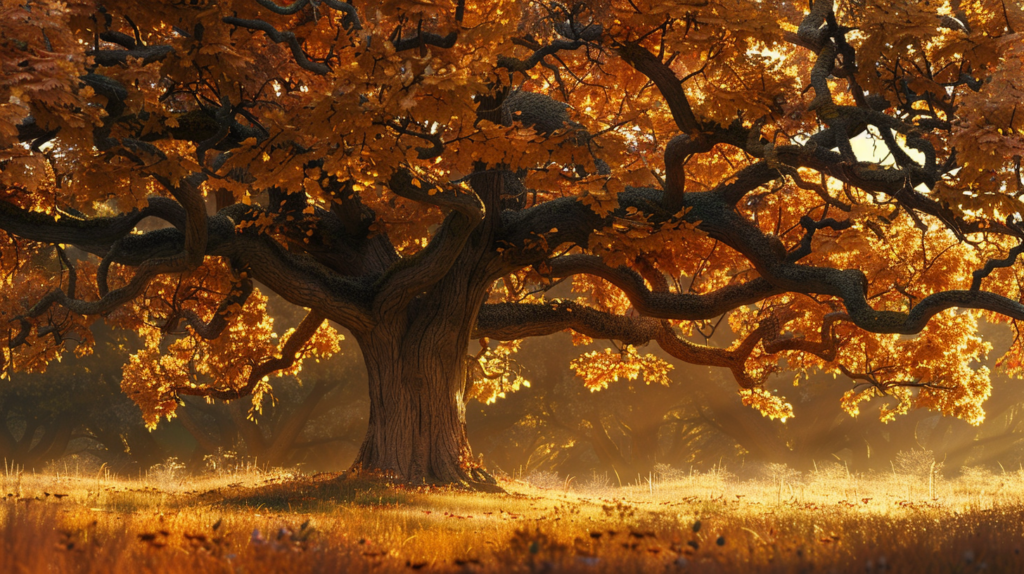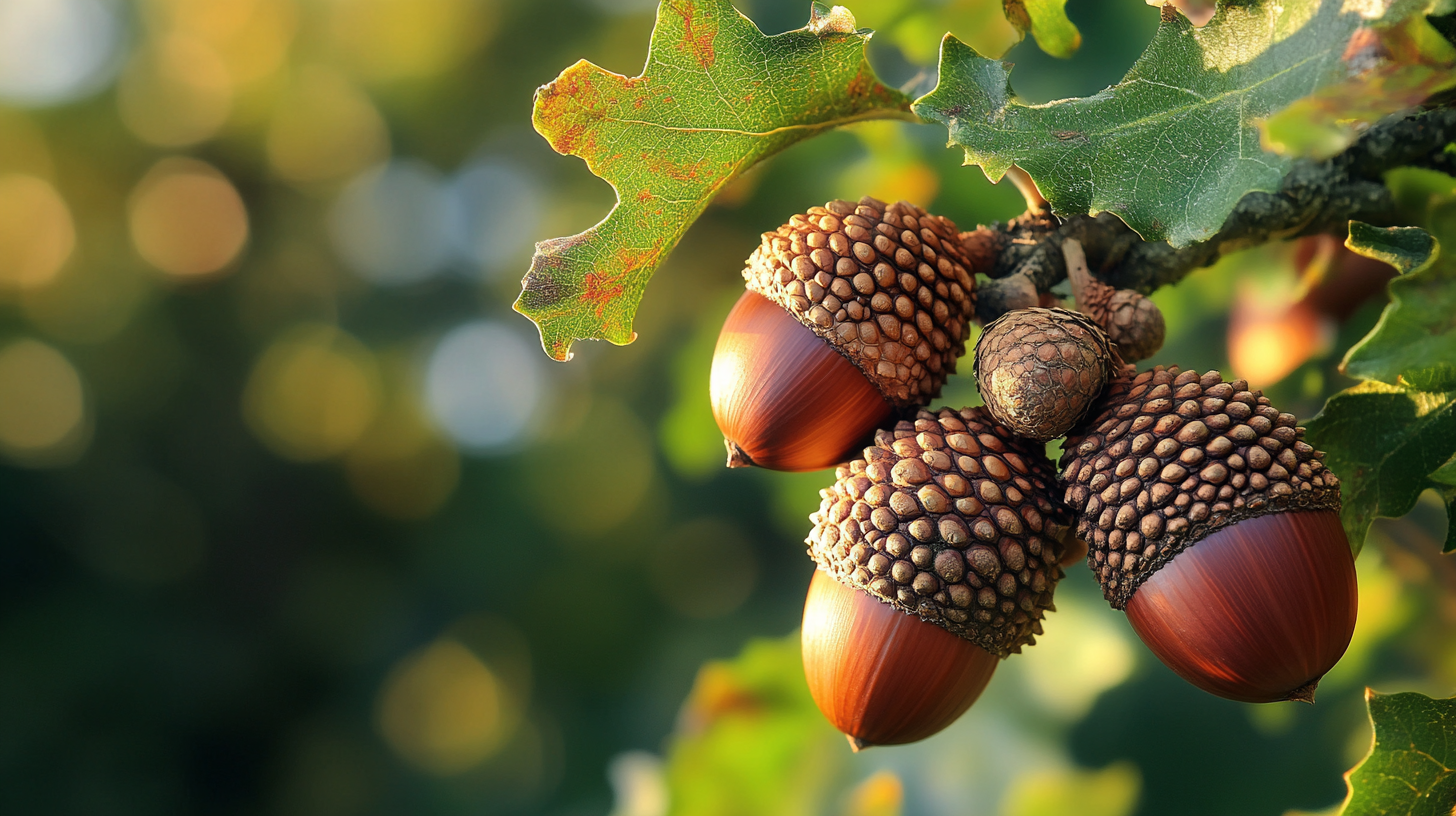Table of Contents
Oak trees, with their majestic presence and ecological significance, have captivated humans for millennia. As we delve into the question of which country boasts the most oak trees, we’ll uncover fascinating insights about oak diversity, distribution, and conservation efforts worldwide. Let’s embark on this arboreal journey through the global oak landscape.
The Global Distribution of Oak Trees
Oak trees, belonging to the genus Quercus, are found primarily in the Northern Hemisphere. They’ve adapted to a wide range of climates and ecosystems, from cool temperate regions to tropical latitudes. Here’s a breakdown of oak distribution across continents:
- North America: Home to approximately 90 species in the United States and 160 species in Mexico
- Europe: Oaks are widespread, particularly in Mediterranean regions
- Asia: China boasts about 100 oak species, with significant diversity in East and Southeast Asia
- Central America: Oaks extend southward, with some species reaching Colombia
Interestingly, oaks have barely made it into South America, with only one species (Quercus humboldtii) found in Colombia above 1000 meters elevation.
Mexico: The Oak Capital of the World
When it comes to oak diversity, Mexico takes the crown. Here’s why Mexico is considered the oak capital of the world:
- Unparalleled species richness: Mexico is home to approximately 160 oak species, of which 109 are endemic.
- Evolutionary hotspot: The country’s diverse topography and climate have created ideal conditions for oak speciation.
- Adaptive radiation: Mexican oaks have undergone rapid diversification, adapting to various ecological niches.
The high oak diversity in Mexico can be attributed to several factors:
- Topographic variation: Mexico’s mountainous terrain has facilitated the isolation of oak populations, promoting speciation.
- Climate gradients: The country’s diverse climates have allowed oaks to adapt to different moisture and temperature conditions.
- Evolutionary history: Mexican oaks are relatively young in evolutionary terms, having undergone recent and rapid diversification.
Other Oak-Rich Countries
While Mexico leads in oak diversity, other countries also boast significant oak populations:
- United States: Home to about 90 oak species, with high diversity in the eastern and southeastern regions.
- China: Hosts approximately 100 oak species, making it the second most oak-diverse country.
- Vietnam: Although smaller in land area, Vietnam is home to numerous oak species, many of which are threatened.
Here’s a comparison of oak diversity in these countries:
| Country | Approximate Number of Oak Species | Notable Features |
|---|---|---|
| Mexico | 160 | Highest diversity, many endemic species |
| China | 100 | Second highest diversity, many threatened species |
| United States | 90 | High diversity in eastern regions |
| Vietnam | Not specified, but significant | Many threatened species |
The Importance of Oak Trees in Ecosystems
Oak trees play a crucial role in their ecosystems, earning them the title of “keystone species.” Here’s why oaks are so important:
- Biodiversity support: Oaks support an incredible array of life. In the UK alone, over 2,300 species of birds, insects, fungi, and mammals are associated with oak trees.
- Wildlife habitat: Acorns provide a vital food source for many animals, while the trees offer nesting sites and shelter.
- Soil improvement: Oak trees help stabilize soil, prevent erosion, and improve soil fertility.
- Carbon sequestration: As long-lived trees, oaks play a significant role in capturing and storing carbon dioxide.
- Cultural significance: Oaks have deep cultural and historical importance in many societies, from ancient Celtic druids to modern-day traditions.

Threats to Oak Populations
Despite their resilience, oak trees face numerous threats globally:
- Agriculture: Land clearing for farming and pasture is the biggest threat to oaks worldwide.
- Urbanization: Expanding cities and infrastructure development are encroaching on oak habitats.
- Climate change: Shifting temperature and precipitation patterns are affecting oak distribution and survival.
- Invasive species and diseases: Non-native pests and pathogens pose significant risks to oak populations.
- Overexploitation: In some regions, oaks are harvested unsustainably for charcoal production or timber.
Alarmingly, nearly one-third of all oak species (31%) are now considered threatened with extinction. Countries with the highest number of threatened oak species include:
- China (36 species)
- Mexico (32 species)
- Vietnam (20 species)
- United States (16 species)
Conservation Efforts and Future Outlook
In response to the threats facing oak species, various conservation initiatives are underway:
- Global Oak Conservation: The Global Conservation Consortium for Oak (GCCO) brings together experts and institutions worldwide to protect threatened oak species.
- Ex-situ conservation: Botanical gardens and arboreta are maintaining living collections of threatened oak species.
- Habitat restoration: Efforts are being made to restore degraded oak habitats and promote natural regeneration.
- Research and monitoring: Ongoing studies aim to better understand oak ecology, genetics, and conservation needs.
- Public awareness: Education programs are raising awareness about the importance of oaks and the need for their conservation.
While the challenges facing oak trees are significant, there’s hope for their future. By understanding which countries have the most oaks and why they’re important, we can better appreciate and protect these magnificent trees for generations to come.
In conclusion, while Mexico may claim the title of having the most oak species, the global oak landscape is rich and diverse. From the ancient forests of China to the rolling hills of California, oaks continue to shape ecosystems and inspire wonder. As we face the challenges of the 21st century, ensuring the survival and thriving of oak species worldwide remains a critical conservation priority.




